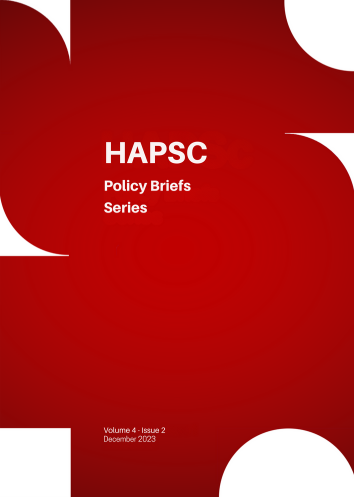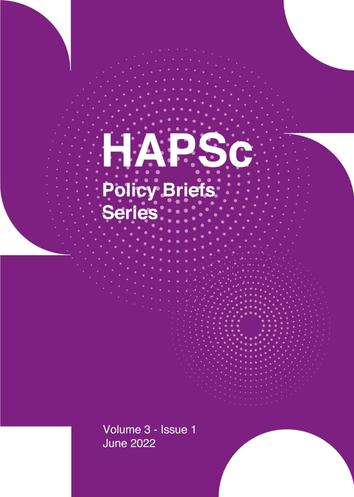Ποιότητα στην Υγεία: Η Περίπτωση της Μονάδας Εντατικής Θεραπείας (Μ.Ε.Θ.)
Resumen
H ποιότητα στην υγεία επιτυγχάνεται με την αύξηση της παροχής των επιθυμητών αποτελεσμάτων στα άτομα και στις πληθυσμιακές ομάδες, σύμφωνα με τις σύγχρονες επαγγελματικές γνώσεις. Η Μονάδα Εντατικής Θεραπείας (ΜΕΘ) αποτελεί ένα ειδικά εξοπλισμένο και στελεχωμένο τμήμα του νοσοκομείου. Η βελτίωση της ποιότητας των παρεχόμενων υπηρεσιών στη Μ.Ε.Θ. αξιολογείται με δείκτες ποιότητας, που εκτιμούν το σύνολο των παρεμβάσεων, άμεσων και έμμεσων, προς τον ασθενή. Η παρούσα ερευνητική μελέτη στοχεύει στη διερεύνηση και στην παρουσίαση της βελτίωσης της ποιότητας στη Μ.Ε.Θ. Η μεθοδολογία που ακολουθήθηκε περιλαμβάνει την ανασκόπηση σύγχρονων μελετών και άρθρων στις βάσεις δεδομένων PubΜed και Google Scholar από το 2003 μέχρι σήμερα. Από την ενδελεχή μελέτη της διεθνούς και ελληνικής βιβλιογραφίας, φαίνεται ότι η ποιότητα στις παρεχόμενες υπηρεσίες στη Μ.ΕΘ. επιτυγχάνεται όταν εστιάζεται στην επιβίωση και στην ασφάλεια των ασθενών, στην ικανοποίηση αυτών και των οικογενειών τους, στην αποτελεσματικότητα, στην ισότητα, στην επικαιροποίηση και στην αποδοτικότητα. Οι δείκτες ποιότητας που αξιολογούν την ποιότητα στη Μ.Ε.Θ. στοχεύουν στην τεκμηρίωση και στην υποστήριξη της ποιότητας στην παρεχόμενη φροντίδα, στη σύγκριση των νοσοκομείων, στη θέσπιση προτεραιοτήτων και στη δυνατότητα των ασθενών να επιλέξουν δομή υγείας προκειμένου να βοηθηθούν αποτελεσματικά. Η μελέτη της διεθνούς βιβλιογραφίας, καθιστά ξεκάθαρο ότι η βελτίωση της ποιότητας στη Μ.Ε.Θ. συνεπάγεται παροχή αποτελεσματικότερης περίθαλψης, καθώς και διασφάλιση ορθολογικής κατανομής των διαθέσιμων πόρων.
Article Details
- Cómo citar
-
Δούκη Σ., & Κελέση-Σταυροπούλου Μ. (2023). Ποιότητα στην Υγεία: Η Περίπτωση της Μονάδας Εντατικής Θεραπείας (Μ.Ε.Θ.). HAPSc Policy Briefs Series, 4(2), 18–24. https://doi.org/10.12681/hapscpbs.36657
- Sección
- Articles

Esta obra está bajo una licencia internacional Creative Commons Atribución 4.0.
Authors retain copyright and grant the journal right of first publication with the work simultaneously licensed under a Creative Commons Attribution License that allows others to share the work with an acknowledgement of the work's authorship and initial publication in this journal.




